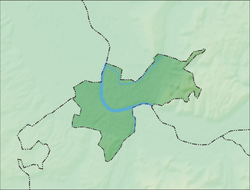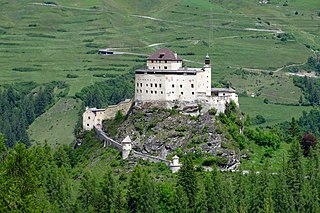
Tarasp Castle is a castle in Switzerland, near the former municipality of Tarasp, in Lower Engadin, Graubünden. It is a Swiss heritage site of national significance.

Schloss Ebenrain is a former country residence in Sissach, in the canton of Basel-Country, Switzerland. Built in 1774–1776, it is considered the most significant late baroque residence in northwestern Switzerland. It is now a public facility and the site of an agricultural school. It is listed as a Swiss cultural property of national significance.
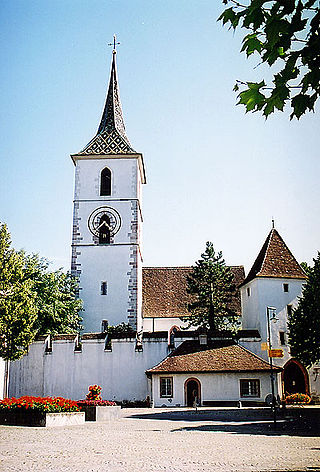
The Fortified Church of St. Arbogast in the municipality of Muttenz in the Swiss canton of Basel-Land is the only church in Switzerland that is surrounded by a defensive wall. It is an example of the fortified church type of construction, and is a Swiss heritage site of national significance. The church is still used as a local village church.

Hagenwil Castle is a castle in the municipality of Amriswil of the Canton of Thurgau in Switzerland. It is a Swiss heritage site of national significance. It is the only remaining intact water castle in eastern Switzerland.

Marschlins Castle is a castle in the village of Igis of the municipality of Landquart of the Canton of Graubünden in Switzerland. It is a Swiss heritage site of national significance.
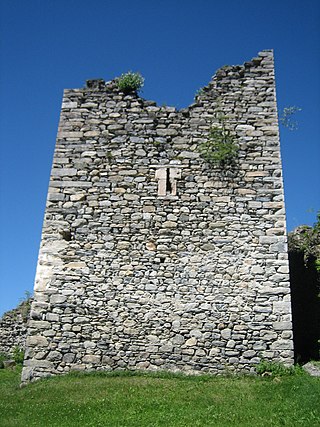
Castels Castle is a castle in the municipality of Luzein of the Canton of Graubünden in Switzerland. It is a Swiss heritage site of national significance.

Brandis Castle or Maienfeld Castle is a castle in the municipality of Maienfeld of the Canton of Graubünden in Switzerland. It is a Swiss heritage site of national significance.

Santa Maria in Calanca Castle is a tower in the municipality of Santa Maria in Calanca of the Canton of Graubünden in Switzerland. It, along with the neighboring Church of the Assumption of St. Mary, are both Swiss heritage sites of national significance.
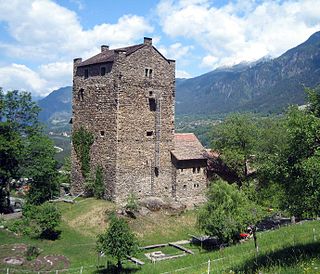
Ehrenfels Castle is a castle in the municipality of Sils im Domleschg of the Canton of Graubünden in Switzerland. It is a Swiss heritage site of national significance. Today it is a youth hostel.

Planta-Wildenberg Castle is a castle in the municipality of Zernez of the Canton of Graubünden in Switzerland. It is a Swiss heritage site of national significance.

Nidau Castle is a castle in the municipality of Nidau of the Canton of Bern in Switzerland. It is a Swiss heritage site of national significance.

Spiez Castle is a castle in the municipality of Spiez of the Swiss canton of Bern. It is a Swiss heritage site of national significance.
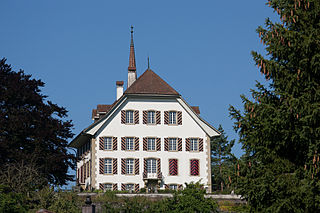
Riggisberg Castle is a castle in the municipality of Riggisberg of the canton of Bern in Switzerland.

Rochsburg Castle, which was probably founded in the late 12th century, stands on a rock spur, surrounded on three sides by the Zwickau Mulde river, above the eponymous town quarter in Lunzenau in Saxony. The medieval site and its division into the inner bailey, outer bailey and two zwingers is still easy to recognise. In its present appearance the schloss dates, however, to the Late Gothic and Renaissance periods. Its main construction phases date to 1470 and 1548; it is an important example of Renaissance architecture in Saxony. Over centuries the Rochsburg has formed the centrepiece in the Saxon district of Rochsburg.
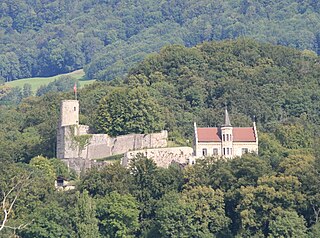
Bipp Castle is a partially ruined castle in the municipality of Oberbipp of the Canton of Bern in Switzerland.

Wiedlisbach Castle is a former tower house and defensive tower in the municipality of Wiedlisbach of the Canton of Bern in Switzerland.
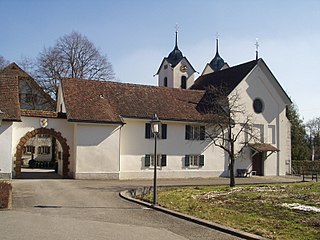
Böttstein Castle is a castle in the municipality of Böttstein in the canton of Aargau in Switzerland.
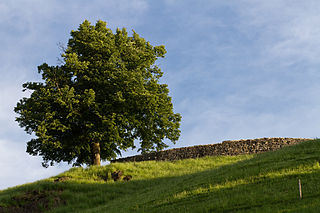
Rotzberg or Rotzburg is a ruined castle in the municipality of Ennetmoos in the canton of Nidwalden in Switzerland.
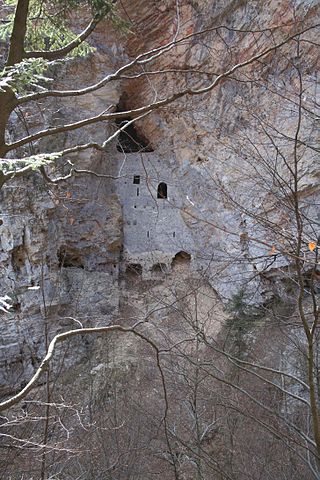
Rappenstein Castle is a ruined castle in the municipality of Untervaz of the Canton of Graubünden in Switzerland.

Rhäzüns Castle is a castle near Rhäzüns, Graubünden, Switzerland.



